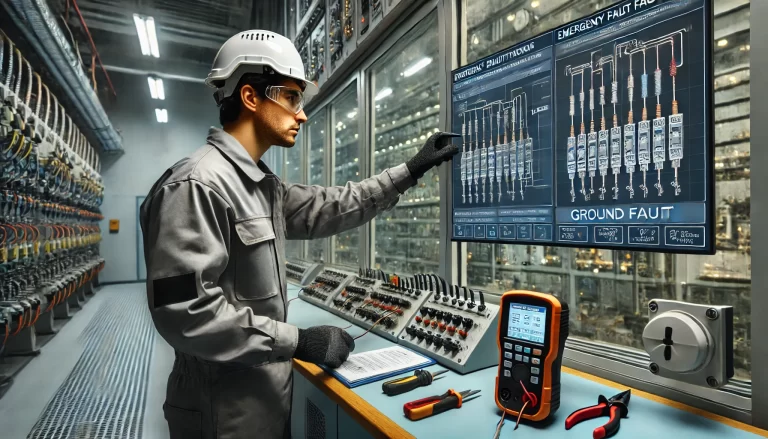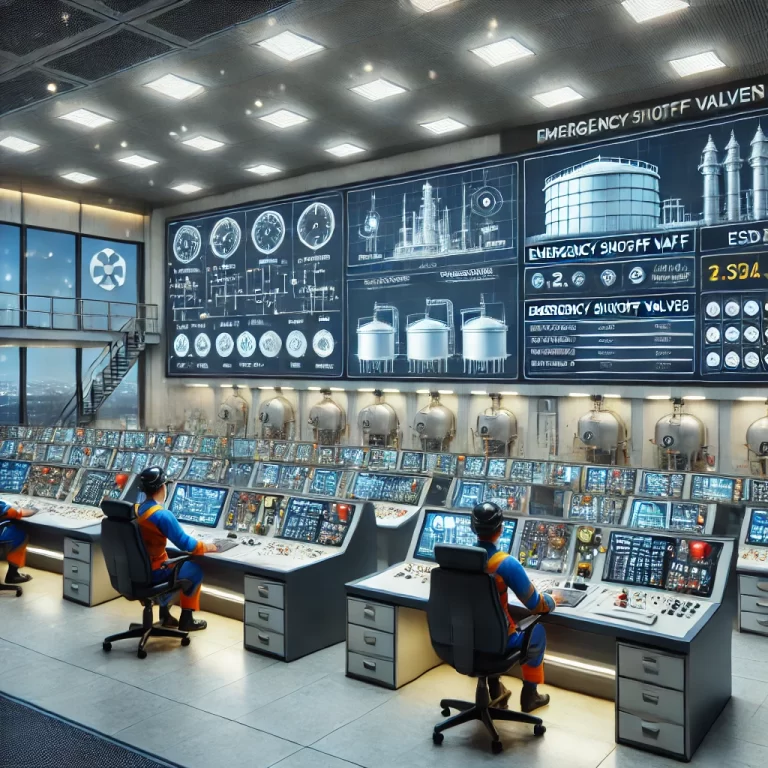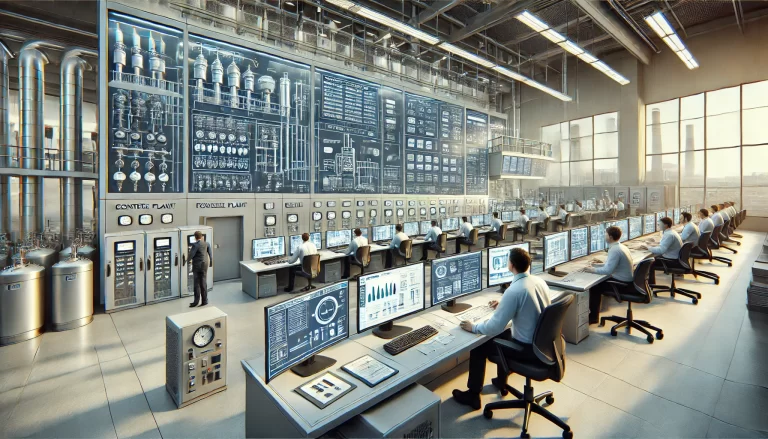1. Purpose This document is established to strengthen the management of instrument control systems, including DCS (Distributed Control System), SIS (Safety Instrumented System), and PLC (Programmable Logic Controller), ensuring their safe and stable operation. It also aims to improve the environmental quality of the control cabinet room, facilitate maintenance, and prevent accidents.
2. Scope This procedure applies to all personnel engaged in the operation, maintenance, and management of instrument control systems within production units. It is mandatory for instrument technicians, maintenance engineers, operators, and related technical staff.
3. Responsibilities
The Instrument Department is responsible for system maintenance, documentation, and backups.
Operations personnel must strictly follow access and usage regulations.
The Engineering Department shall oversee major modifications and environment control.

4. Control Cabinet Room Environmental Management
4.1. Keep the control cabinet room clean; conduct regular cleaning and inspections.
4.2. Ensure all cabinets remain closed to prevent dust accumulation.
4.3. Maintain temperature and humidity in accordance with SH/T3006-2024:
Temperature: 18°C to 28°C, with variation less than 5°C/h
Relative Humidity: 30% to 70%, with variation less than 6%/h
Absolutely no condensation allowed under any circumstance.
4.4. Ensure adequate lighting; all fixtures must function properly and meet illumination standards.
4.5. Do not store miscellaneous items or flammable, explosive, or hazardous materials in the control cabinet room.
4.6. Ensure that the maximum noise level in the cabinet room does not exceed 70 dB(A); for engineer stations, the limit is 60 dB(A).
4.7. Prohibit strong magnetic fields, mechanical vibrations, and the use of devices causing electromagnetic interference.
4.8. Personnel must wear anti-static garments when entering the cabinet room.

5. Access and Work Discipline in the Control Cabinet Room
5.1. During normal operations, only authorized instrument maintenance personnel may access the control cabinet room or engineer station.
5.2. All personnel must wear clean clothing and maintain cleanliness; any items moved must be returned to their original position after use.
5.3. It is strictly forbidden to perform unrelated activities in the cabinet room.
5.4. Prohibit the use of welding machines, impact drills, or other electromagnetic interference-generating equipment.
5.5. Wireless communication tools (e.g., walkie-talkies, mobile phones) must not be operated within a 2-meter radius of control cabinets, engineer stations, or operator stations.
5.6. Dual-person supervision is mandatory when maintenance work is conducted in the engineer station. No technician may work alone.

6. Control System Configuration and Operations Management
6.1. Any modification to system configurations (e.g., alarm setpoints, ranges, graphics) must be confirmed by the process department. Configuration change records must be completed.
6.2. Control logic modifications require the submission and approval of a Control Scheme Change Request Form.
6.3. All passwords for servers, engineer stations, and operator stations must be maintained by designated personnel. Operators are strictly forbidden from logging in with engineer-level permissions.
6.4. Unauthorized use of the dedicated power strips beneath operation consoles is prohibited.
6.5. After troubleshooting or repairs, a Control System Maintenance Log must be completed.
6.6. Before shutting down an engineer station, the file system must be checked. Upon startup, allow 10-15 minutes for system loading and confirm SOE (Sequence of Events) and alarm panels are operational.
6.7. To prevent virus infections, all USB drives or external hard disks must be formatted before use. Backups should be performed regularly and securely stored to ensure fast recovery in case of system failure.
6.8. All newly installed, revamped, or overhauled instrument systems must pass a thorough inspection before initial commissioning or reactivation.

7. Maintenance and Preventive Measures
7.1. Maintenance personnel must implement regular preventive maintenance plans according to system specifications to ensure reliability and performance.
7.2. Routine maintenance tasks include: A. Environmental Cleaning: – Remove dust from cabinets, control panels, filters, and fans – Clean computers at engineer and operator stations – Ensure fire safety equipment is clean and accessible B. Power Supply and Grounding Checks: – Inspect power modules for abnormal sounds or overheating – Check UPS status, alarm indicators, and battery leakage – Verify grounding connections are secure C. System Operational Checks: – Monitor indicator lights on CPUs, I/O modules, communication cards, and Hubs – Check relays, safety barriers, and ensure fans operate normally D. Physical Inspection: – Ensure cable entry seals are intact and rodent-proofing measures are effective E. Configuration Backup: – Conduct scheduled backups and verify their integrity and timeliness
7.3. Maintenance logs must be legibly written, signed, and properly archived. Any detected issues must be recorded in the defect log and addressed without delay.
8. Document Control and Review This procedure shall be reviewed annually and updated as necessary. All outdated versions must be archived and marked accordingly.
